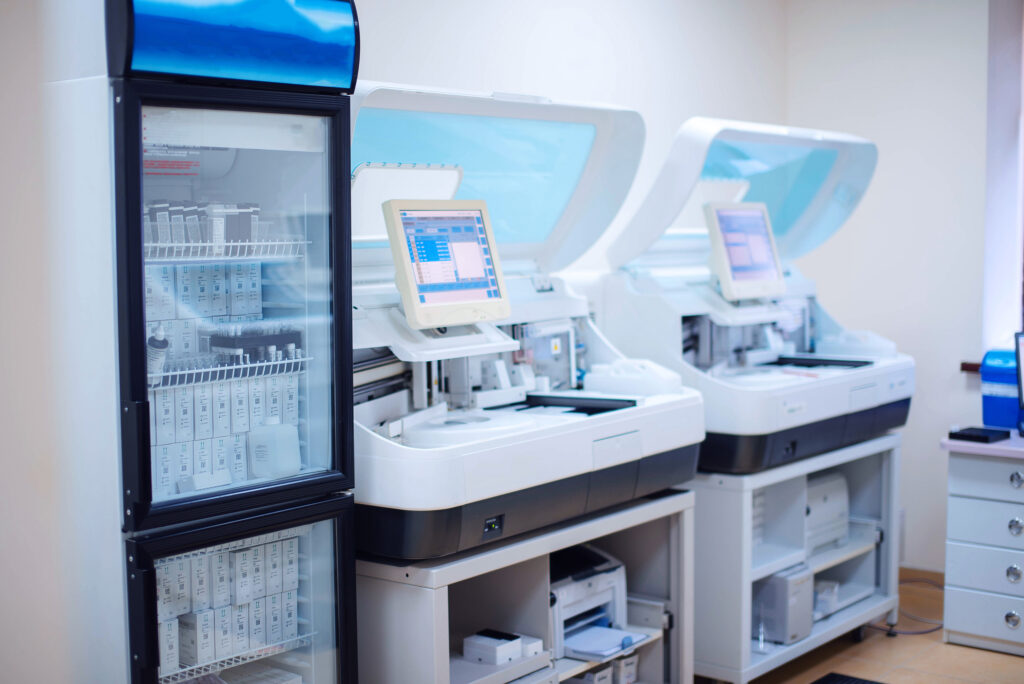
Live Virus |
Of the five types of vaccines, live virus vaccines were the first to be developed and have continued into modern biotechnology research and clinical use. Live virus vaccines are formulated with an attenuated version of the wildtype virus; this form of the virus enables the body to post an immune response without having severe symptoms associated with the wildtype virus.
The attenuated virus is generated through an initial infection of a cell line or embryo with the wildtype virus following several hundred passages to force the virus to adapt to the non-human host environment for sustained viability. The large number of passages makes attenuated viruses susceptible to contaminations, especially mycoplasma contamination.
|

Inactivated Virus |
Like live virus vaccines, inactivated virus vaccines are generated using cell lines. The live virus is first infected in a cell line for expansion. Then, the active virus is harvested from the cell line and chemically inactivated. This type of vaccine allows the immune system to recognize and generate antibodies against the antigen associated with the virus, while not experiencing the disease-causing form of the virus. While the virus does not have to be attenuated, the cell culture expansion required to generate inactive virus vaccines makes the vaccine susceptible to mycoplasma contamination. Additionally, the materials and reagents required to inactivate the virus add one additional point in the production process that could introduce mycoplasma.
|

Toxoid |
Toxoid vaccines have the same production process as inactive vaccines; however, the toxoids are purified from bacteria as opposed to viruses. Like the inactive virus vaccines, toxoids are a weak antigen purified from the bacteria responsible for infection to trigger an immune response without causing the primary disease. The bacteria responsible for the disease is cultured for expansion and purification of the toxoid. The toxoid is then purified and chemically inactivated for vaccine production. As with the other vaccines, the cell culture involved in toxoid production has susceptibility to mycoplasma.
|

Conjugate |
Conjugate vaccines rely on the same production process as toxoid vaccines. However, in the conjugate vaccine production, both weak and strong antigens are purified from primary cultures. The strong antigen acts as a carrier for the weak antigen associated with the disease, so the body recognizes the weak antigen more readily, prompting a more robust immune response. Conjugate vaccines often require multiple cell lines to generate the weak and strong antigens. The additional cell lines and cultures makes conjugate vaccines more susceptible to mycoplasma.
|

mRNA |
Unlike traditional vaccines, mRNA vaccines are produced in vitro to prevent translation in the cells. The mRNA is then used in the vaccine to signal cells in the body to translate the protein antigens associated with the disease, subsequently causing the desired immune response in vivo. While the final product comes from an in vitro reaction, mRNA vaccines still involve significant cell culture. The mRNA is produced through plasmid expansion in cell culture. The plasmid production and purification process are the most susceptible components of the mRNA vaccine workflow for mycoplasma contamination.
|
